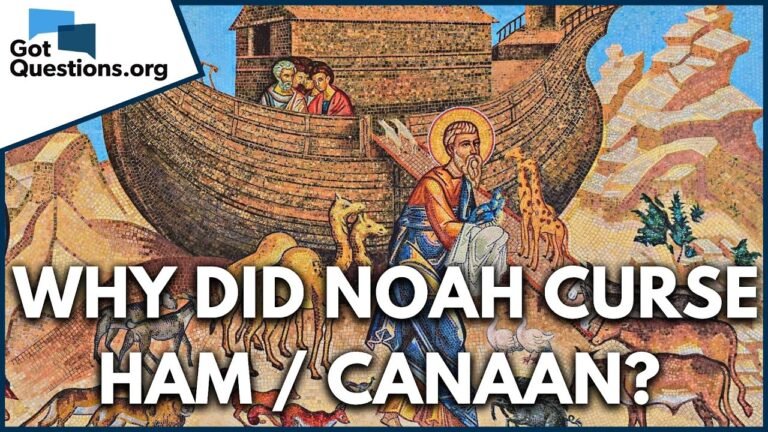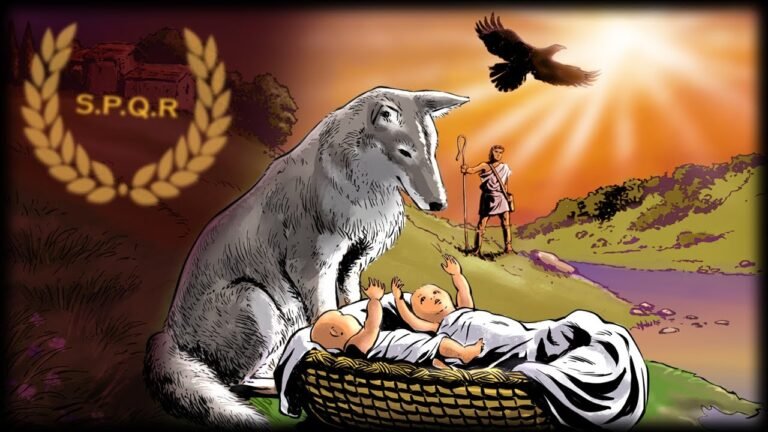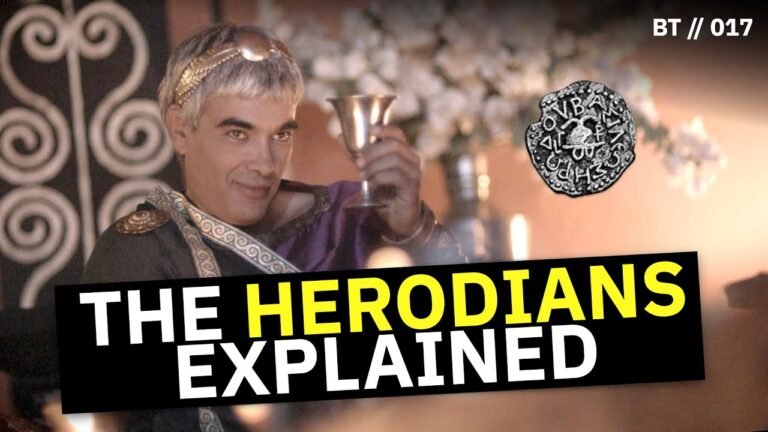The Origins of the A.D. Era
The designation A.D. stands for Anno Domini, a Latin phrase meaning in the year of our Lord, which marks the years following the birth of Jesus Christ. This system of dating was introduced by the monk Dionysius Exiguus in the 6th century and has since become a cornerstone in the Western calendar. But when did A.D. actually start? Understanding the origins and implications of this dating system not only sheds light on historical timelines but also reflects the significant cultural and religious shifts that have shaped our understanding of history.
- The term “A.D.” stands for “Anno Domini,” which is Latin for “in the year of our Lord,” referring to the years after the birth of Jesus Christ.
- The A.D. dating system was devised by the monk Dionysius Exiguus in the 6th century, specifically around A.D. 525.
- The A.D. calendar system begins with year 1 A.D., as there is no year 0 in this numbering system; the year before A.D. 1 is 1 B.C. (Before Christ).
- The use of A.D. has been widely adopted in Western culture, but different cultures may use other systems for marking years, such as the Islamic or Hebrew calendars.
When did the Anno Domini (AD) era begin in history?
The anno Domini dating system, commonly referred to as AD, was established by the Christian monk Dionysius Exiguus in 525. This system marked a significant shift in how we understand and record time, aligning years with the birth of Christ. In contemporary usage, the AD designation is frequently omitted, as in “I was born on July 18, 1980,” but it remains an essential reference for clarity, especially in historical contexts. This method of dating has become integral to our chronological framework, allowing us to navigate history with a shared temporal point of reference.
What caused the transition from AD to BC?
The transition from A.D. to B.C. reflects a historical framework centered around the birth of Jesus Christ, a pivotal figure in Christianity. “B.C.” stands for “before Christ,” marking the years leading up to this significant event. This system provides a chronological structure that helps us understand the timeline of history in relation to a key moment that shaped Western civilization.
In this context, “A.D.,” which stands for “Anno Domini” or “in the year of our Lord,” signifies the years following Christ’s birth. By organizing time in this manner, historians and scholars can clearly delineate periods and events, enhancing our comprehension of historical developments. This method of timekeeping has become widely adopted, influencing calendars and historical narratives across various cultures.
Who was responsible for changing the designation from BC to AD?
The transition from BC (Before Christ) to AD (Anno Domini) was initiated by a monk named Dionysius Exiguus in the 6th century. He sought to create a chronology centered around the birth of Jesus Christ, moving away from the existing systems that were often intertwined with pagan traditions. Prior to his work, people primarily relied on methods like the AUC system, which dated events from the founding of Rome, or consular dating, which referenced the years when Roman consuls held office.
Dionysius’s innovative approach provided a more unified and Christian framework for marking time. His system gradually gained acceptance in the Western world, influencing how history was recorded and understood. This shift not only reflected a significant cultural change but also laid the groundwork for the modern calendar we use today, emphasizing the impact of religious thought on historical chronology.
Unraveling the Timeline of History
History is a vast tapestry woven from countless threads of human experience, each strand representing a unique story that contributes to the collective narrative of our existence. From ancient civilizations to modern societies, the timeline of history is marked by significant events that have shaped cultures, economies, and political landscapes. Understanding these pivotal moments allows us to appreciate the complexities of our world and the interconnectedness of past and present.
As we delve into the key milestones, we uncover the evolution of ideas and innovations that have propelled humanity forward. The rise and fall of empires, the birth of revolutionary movements, and breakthroughs in technology all illustrate the dynamic nature of history. Each era presents its own challenges and triumphs, highlighting how human resilience and creativity have continually forged paths toward progress.
By unraveling the timeline of history, we not only gain insights into our ancestors’ lives but also find valuable lessons for the future. Recognizing patterns and consequences helps us navigate contemporary issues while fostering a deeper understanding of diverse perspectives. Ultimately, history serves as a mirror reflecting our shared experiences, guiding us as we strive to build a more informed and compassionate world.
From Ancient Civilizations to Modern Times
Throughout history, the evolution of human societies has been a remarkable journey marked by innovation, conflict, and cultural exchange. From the intricate hieroglyphics of the ancient Egyptians to the digital landscapes of today, each civilization has contributed unique advancements that shape our world. The rise and fall of empires, driven by exploration and trade, have fostered a rich tapestry of ideas and beliefs, intertwining the destinies of diverse peoples. As we navigate the complexities of modern life, reflecting on this continuum of progress helps us appreciate the resilience and creativity that define the human spirit, reminding us that every era builds upon the foundations laid by those before it.
Charting the Birth of a New Era
As we stand on the precipice of unprecedented transformation, the convergence of technology, sustainability, and human ingenuity is redefining the landscape of our future. Innovations in artificial intelligence and renewable energy are not just reshaping industries; they are forging a path toward a more equitable society. This new era invites us to reimagine our relationship with the planet and each other, fostering collaboration that transcends borders and disciplines.
In this dynamic environment, the power of connectivity plays a pivotal role. The rise of digital platforms and global networks enables individuals and communities to share knowledge, resources, and ideas like never before. This interconnectedness amplifies our collective voice, empowering grassroots movements and driving social change. As we embrace this newfound synergy, we unlock the potential for transformative solutions that address the pressing challenges of our time.
Amidst this evolution, the importance of adaptability cannot be overstated. Organizations and individuals alike must cultivate a mindset that embraces change, learning, and resilience. By prioritizing innovation and sustainability, we can navigate the complexities of this era and harness its opportunities. Together, we have the chance to cultivate a future that is not only prosperous but also sustainable, ensuring that the benefits of progress are shared by all.
A Journey Through Time and Transformation
Throughout history, humanity has been on a remarkable journey, marked by periods of profound transformation and discovery. Each era has left an indelible mark on our collective consciousness, shaping cultures, beliefs, and technologies that define who we are today. From the dawn of civilization, when early societies began to form intricate communities, to the age of exploration that expanded our horizons, each chapter reveals a tapestry woven from triumphs and trials. This progression illustrates not only our resilience but also our relentless pursuit of knowledge and understanding.
As we stand on the shoulders of those who came before us, we find ourselves at a crossroads, where innovation and tradition meet. The rapid advancement of technology has ushered in a new age, transforming how we connect, learn, and adapt. Yet, amid this whirlwind of change, the lessons of the past serve as guiding stars, reminding us of the values that underpin our humanity. Embracing both our history and our future, we embark on a continuous journey of growth, ready to shape the next chapter of our story with wisdom and courage.
Understanding the Roots of Common Eras
Throughout history, various eras have shaped the trajectory of human civilization, each marked by distinct cultural, technological, and social developments. Understanding these roots allows us to appreciate how past events and ideologies have influenced contemporary society. From the dawn of agriculture in the Neolithic period to the rapid advancements of the Digital Age, each era has contributed to the complex tapestry of human experience.
The Classical Era, for instance, laid the groundwork for governance, philosophy, and art, inspiring future generations with its emphasis on reason and civic responsibility. Similarly, the Middle Ages, often characterized by feudalism and religious influence, brought about significant shifts in power dynamics and social structures. These transformations not only redefined relationships within societies but also spurred the Renaissance, a period that rekindled interest in classical knowledge and exploration, leading to profound scientific and artistic achievements.
As we navigate the complexities of the modern world, recognizing the legacies of these historical periods can provide valuable insights into our current challenges. The interconnectedness of these eras underscores the importance of learning from history to foster innovation and resilience in the face of change. By examining the roots of our common eras, we can cultivate a deeper understanding of our shared humanity and the continuous evolution of cultures around the globe.
The advent of the Anno Domini (A.D.) system marked a pivotal shift in how we measure time, ushering in a new era that has shaped historical narratives and cultural identities. Established around the 6th century by Dionysius Exiguus, this system not only provides a framework for chronologically organizing events but also influences our understanding of history itself. As we reflect on the significance of A.D., we appreciate its lasting impact on calendars, religious observances, and the way we connect with our past.







